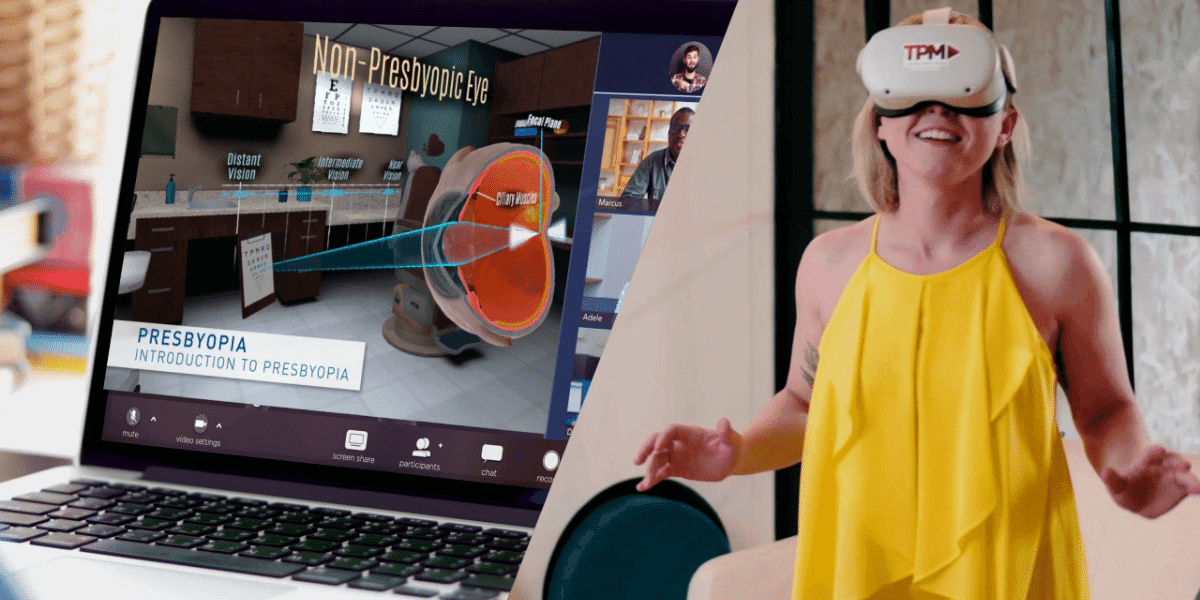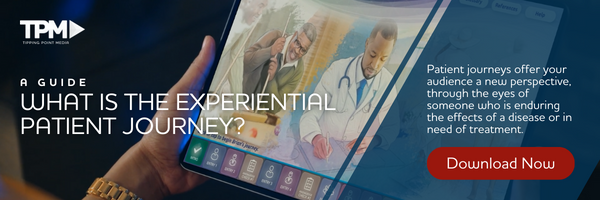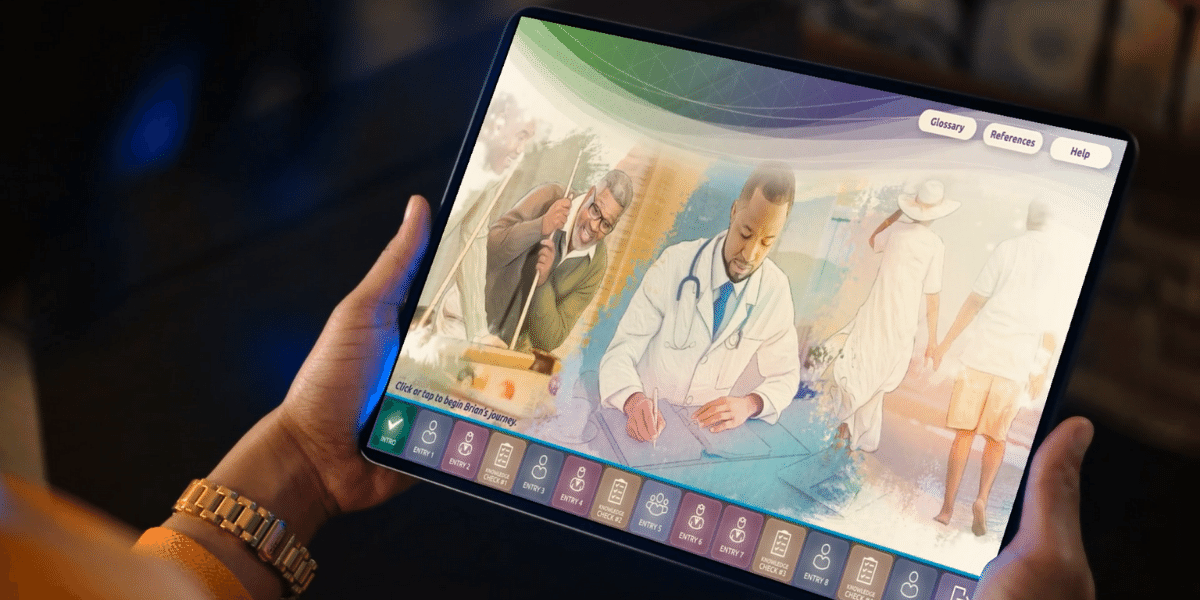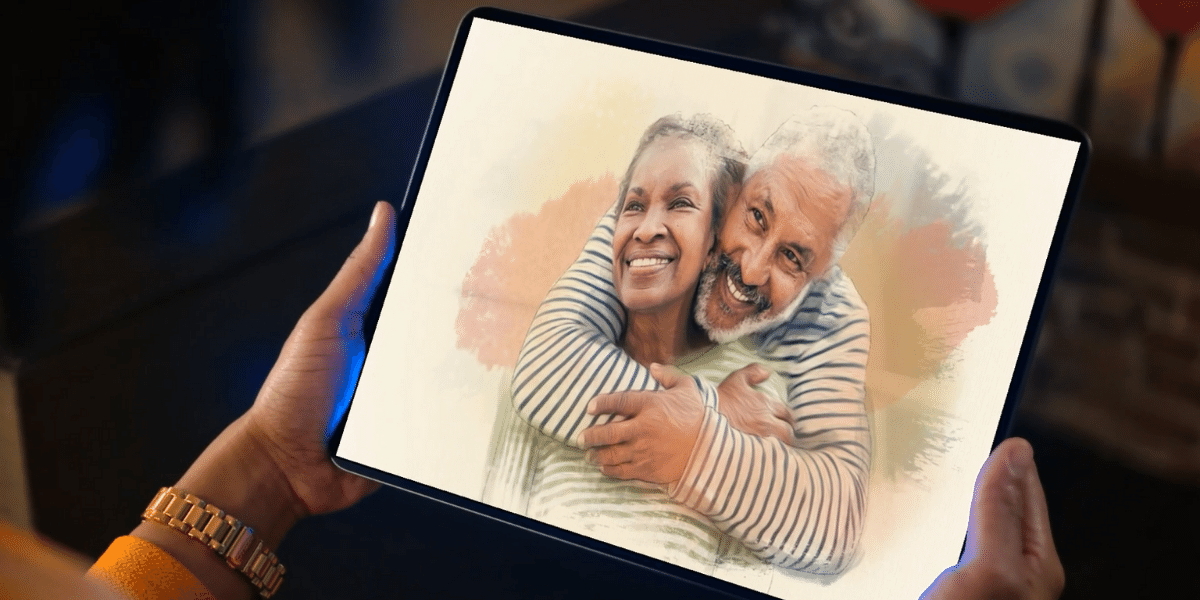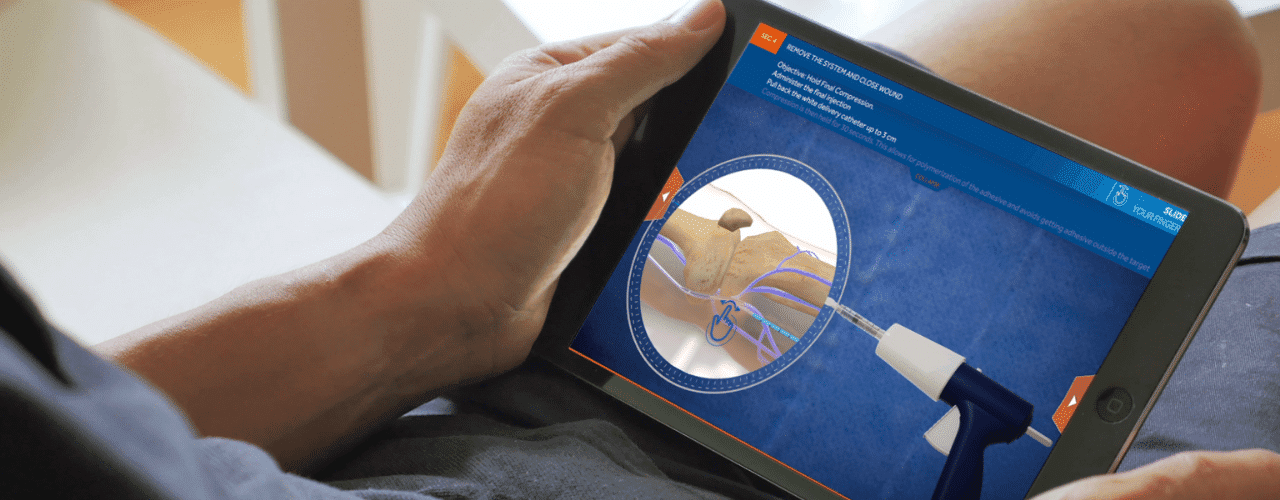Patient journeys from Tipping Point Media are fully immersive fictional stories played out in either augmented reality (AR) or virtual reality (VR) that allow healthcare providers to experience every level of the patient’s journey. Inside this journey, participants are able to hear and experience everything from the patient’s point-of-view, as well as physician and caregiver perspectives.
These experiences include following the patient along in the pre-diagnosis, diagnosis, treatment, and post-treatment phases. Each phase offers its own unique challenges, solutions, and experiences and is specifically developed for health care providers in order to better help them understand and empathize with what their patients are going through.
How Improving the Patient Journey Leading to a Deeper Understanding
Before the introduction of AR and VR technology, healthcare providers had two options when it came to experiencing the patient journey – reading through materials provided or experiencing it first-hand as you care for patients.
Thankfully, technology has advanced to allow for better ways to get first-hand experience without needing to spend years on the job to get what you need through the introduction of AR and VR experiences.
Allows Health Care Providers to Experience Diseases First-Hand Through AR and VR
Sometimes things can seem very abstract. Symptoms like blurred vision can be objective, especially when it comes to eye diseases like Presbyopia. This illness is common in middle-aged and older adults and is a type of refractive error that makes it hard for people to see things up close.
It happens because the lens stops focusing light correctly on the retina and the result is vision that is completely blurred up close. Unless you yourself have extremely bad vision that requires a strong prescription, chances are you can’t even begin to imagine what this is actually like.
Through a VR patient journey on the subject, healthcare providers would be able to not only get all of the information about the disease, but also experience how it progresses. In virtual reality, you are able to replicate what Presbyopia looks like by blurring things as you bring them closer to your face and test out different treatment options like contact lenses and bifocals. This would give your intended audience first-hand experience and let them walk in your patient’s shoes for a little bit to better understand what the daily challenges of having the disease are while also gaining empathy.
Another example of how VR patient journeys can give healthcare providers a deeper understanding of an abstract concept would be to simulate something like rheumatoid arthritis, a disease few people can wrap their head around from a personal experience perspective.
Through virtual reality, healthcare providers could be taken through daily tasks like making breakfast or playing video games in VR while simulating the arthritis pain through vibrations felt through controllers, flashing red lights, and blurred vision. Experiencing how limiting this pain can be and getting a taste of what it feels like lets healthcare providers better understand the daily lives and struggles that their patients go through.
Aids Health Care Providers in Gaining Empathy for Rare Illnesses and Abstract Concepts
Many patient journeys that are developed focus on specific illnesses and diseases that are both common and rare. Common diseases like the ones mentioned above help create areas for new context, but what about something more rare or misunderstood?
Given that each patient journey created by Tipping Point Media is fully customizable, diseases that are misunderstood or not commonly seen by healthcare professionals can be easily explained and experienced in a full simulation.
Say there was a fictitious patient suffering from relapsing-remitting multiple sclerosis, or RRMS. In this patient journey, audiences would meet this patient and join their journey as their symptoms started to manifest.
You would meet their concerned family members and eventually their health care team as they provide her with a diagnosis and a treatment plan. Patient journeys let you tell a holistic story of the patient experience, while giving audiences a look at everything involved in helping patients get diagnosed and finding the treatment they need, not just the medical side.
Improving the Patient Journey Leads to a Better Experience and a Lasting Relationship
When healthcare professionals empathize with their patients, it leads to things like taking action sooner. Diagnosing is done sooner, prescribing treatment is faster and more aggressive, and hopefully the result is that the patient gets better faster and in a lasting way.
Through virtual reality and augmented reality, the patient journey can create an experience that is highly valuable to everyone in your audience.. For more information about what VR patient journeys can do for your audience or to request a demo, contact us today.
